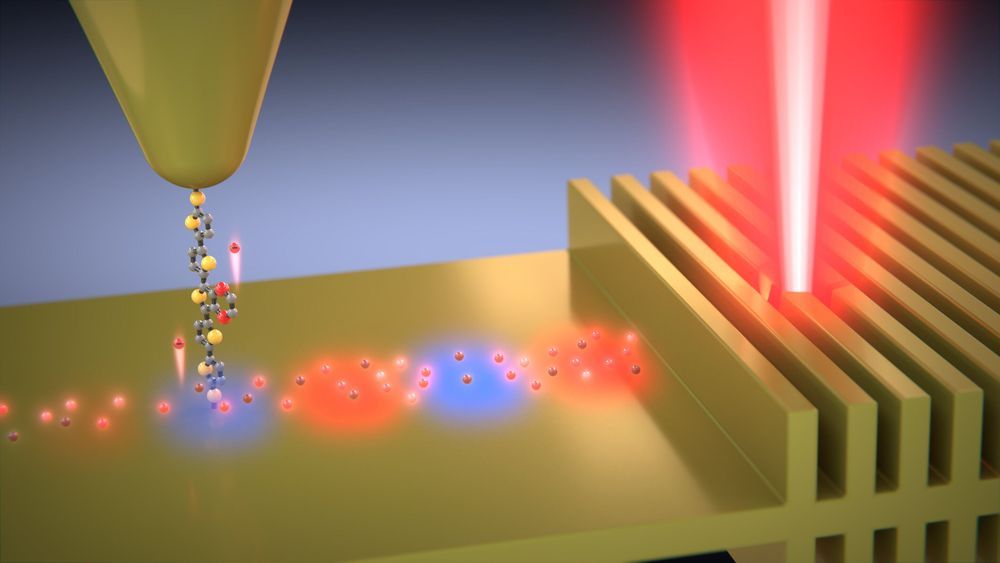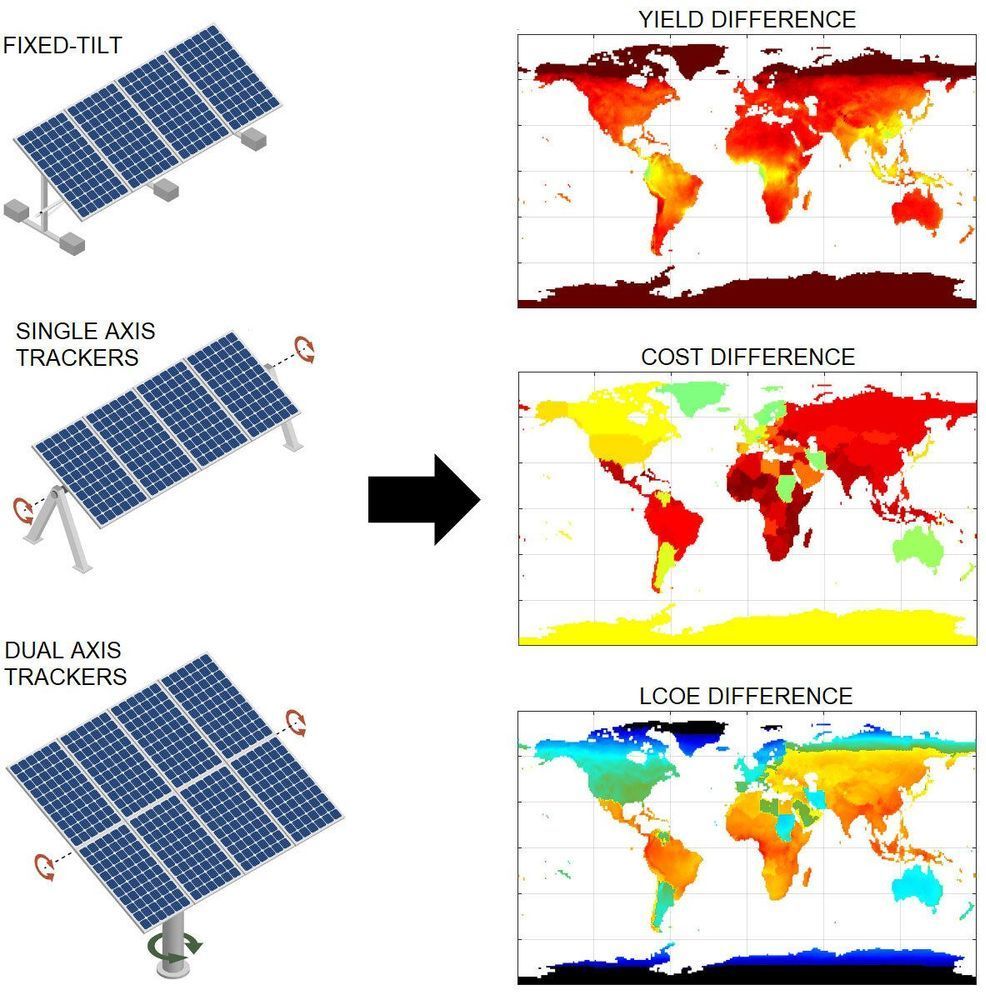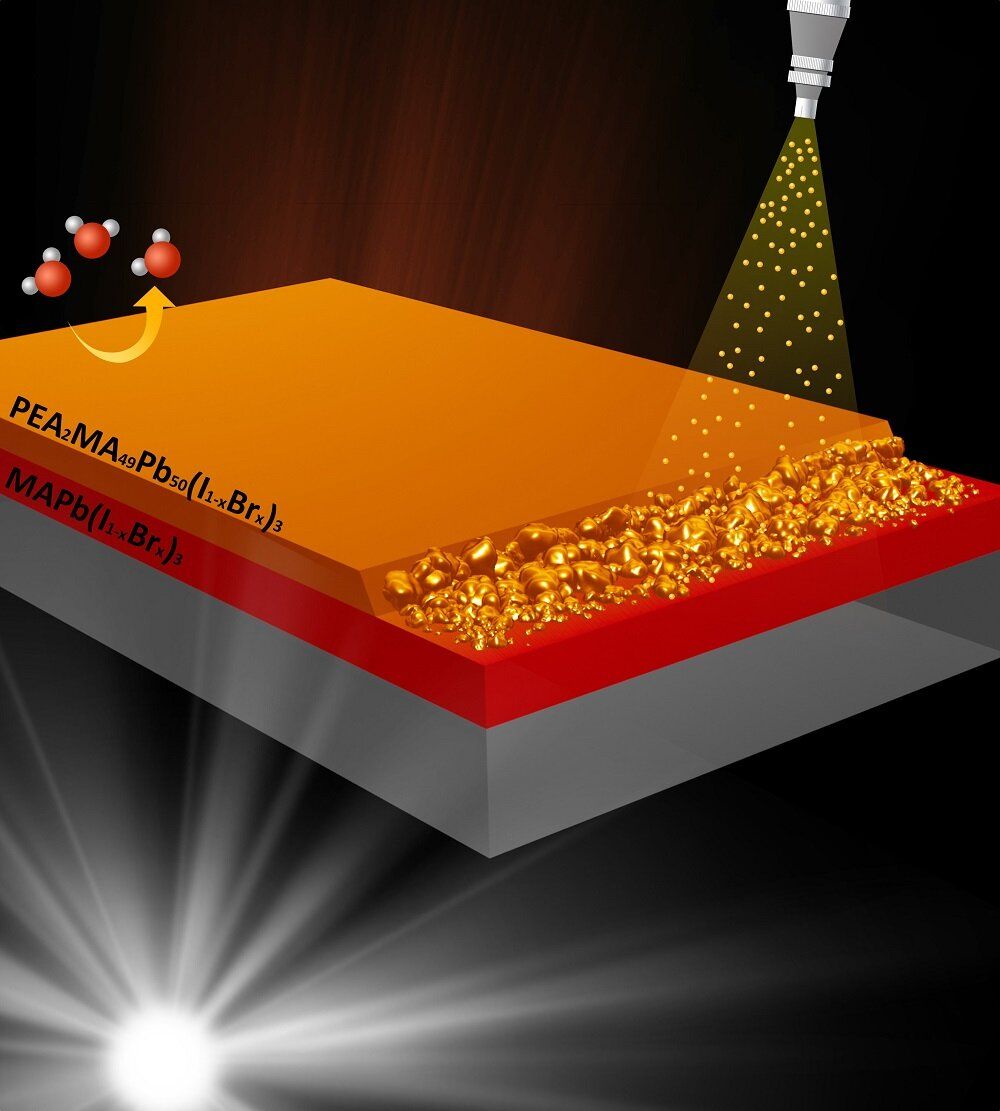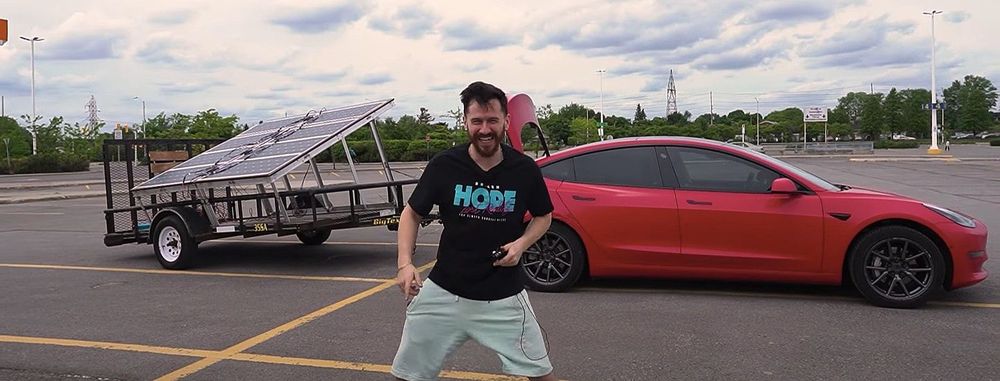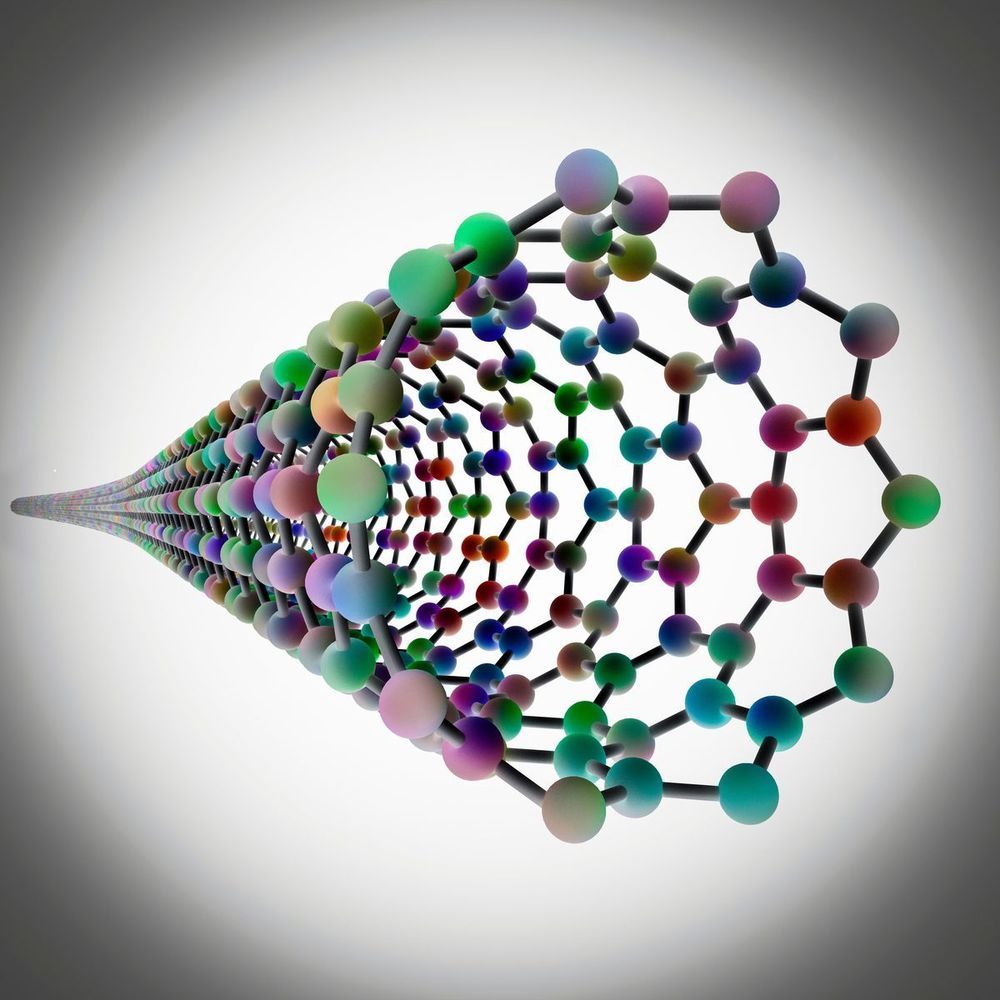Jun 6, 2020
For The First Time Ever, Scientists Have Created Hexagonal Salt
Posted by Shailesh Prasad in categories: chemistry, sustainability, transportation
While it probably won’t make it to your dining table, a new scientific achievement might be able to help in everything from radar equipment to electric cars: scientists have been able to form salt, aka sodium chloride (NaCl), in a hexagonal shape.
This is work done at the smallest of scales, with researchers able to get a thin film of hexagonal salt to form on top of a layer of diamond, due to the chemical interaction of both film and diamond substrate – something the team actually predicted would happen in advance through simulations.
It’s the latest in a series of discoveries where scientists have been able to synthesise 2D materials with unusual crystal structures, and it’s partly this self-imposed restriction to two dimensions that is enabling new and exotic structures to be formed.

